Universal vs Hammer horror – which thrills you more: atmospheric chills or bold, bloody intensity? We take a look at the classics and you decide!
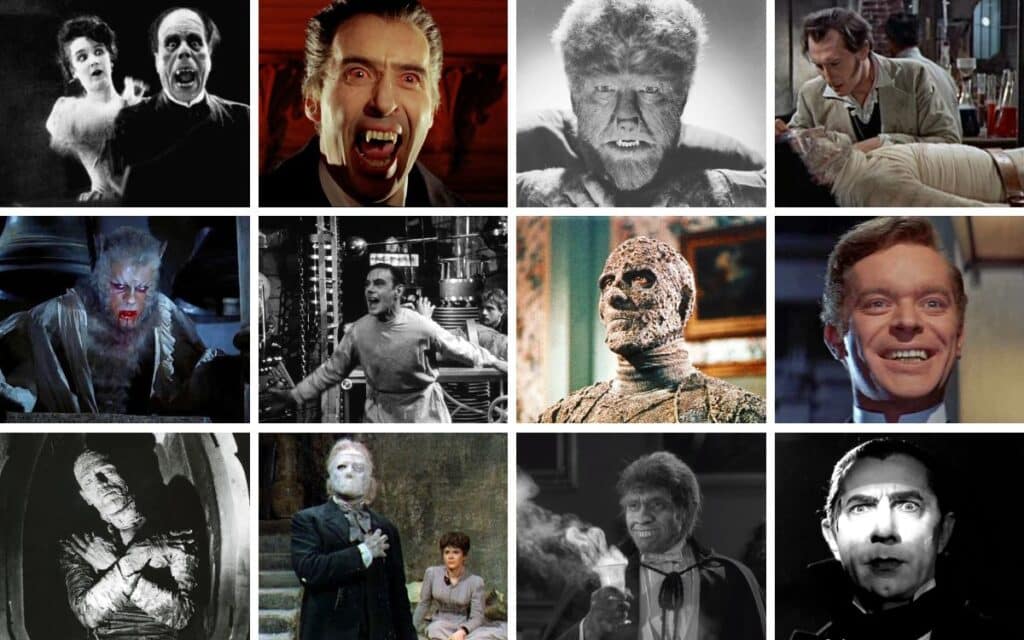
It’s October, and that means one thing – time to curl up with some classic horror films as the nights grow longer and colder.
With Halloween approaching, there’s no better time to revisit the timeless monsters that have haunted our screens for decades.
But which cinematic house of horrors do you prefer?
Universal, which first introduced these iconic creatures to the silver screen in moody black-and-white?
Or Hammer, who reinvented them in vivid, blood-splattered Technicolor?
Let’s explore the battle between these two titans of horror and see how their versions of classic monsters compare.
Dracula 1931 vs Dracula 1958
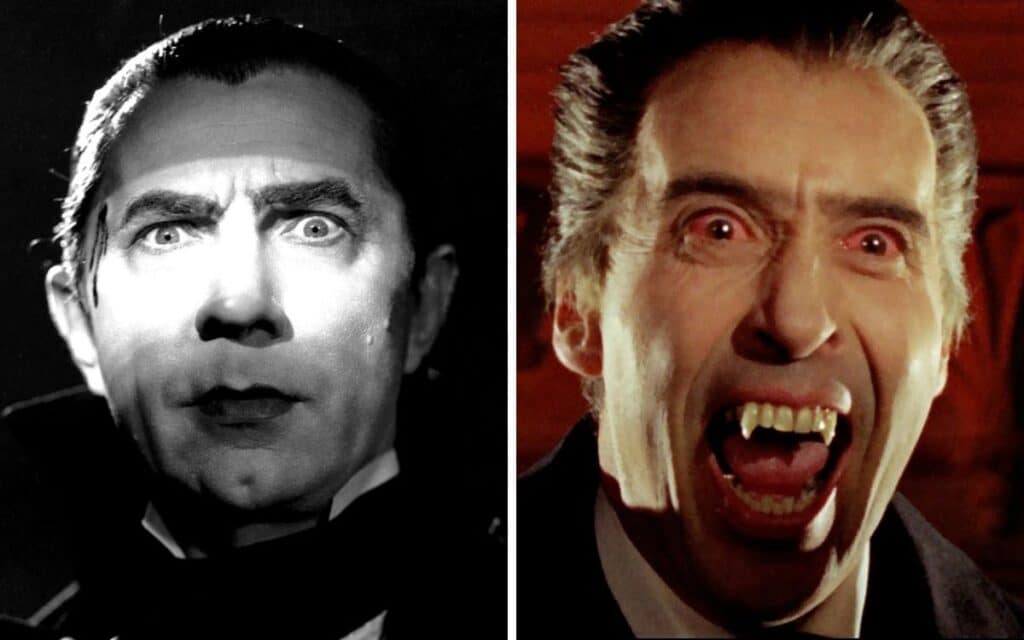
Universal’s Dracula 1931 introduced the world to Bela Lugosi, whose portrayal of the count oozed aristocratic charm and an otherworldly menace.
With his cape, intense stare and alluring Hungarian accent, Lugosi’s Dracula was a suave but deadly predator.
Universal’s version emphasised atmosphere – shadowy castles and an undercurrent of Gothic dread that still sends shivers down the spine.
In contrast, Hammer’s Dracula 1958 gave us Christopher Lee, whose Count Dracula was all unbridled power and sexual magnetism.
Hammer’s Dracula was a visceral character, with red eyes, sharp fangs, and blood dripping from his lips – imagery Universal would never have dared to show. Hammer embraced colour, using vivid crimson blood to chilling effect.
Question: Do you prefer Lugosi’s hypnotic charm and eerie elegance, or Lee’s savage and seductive take on the bloodthirsty count?
Frankenstein 1931 vs The Curse of Frankenstein 1957
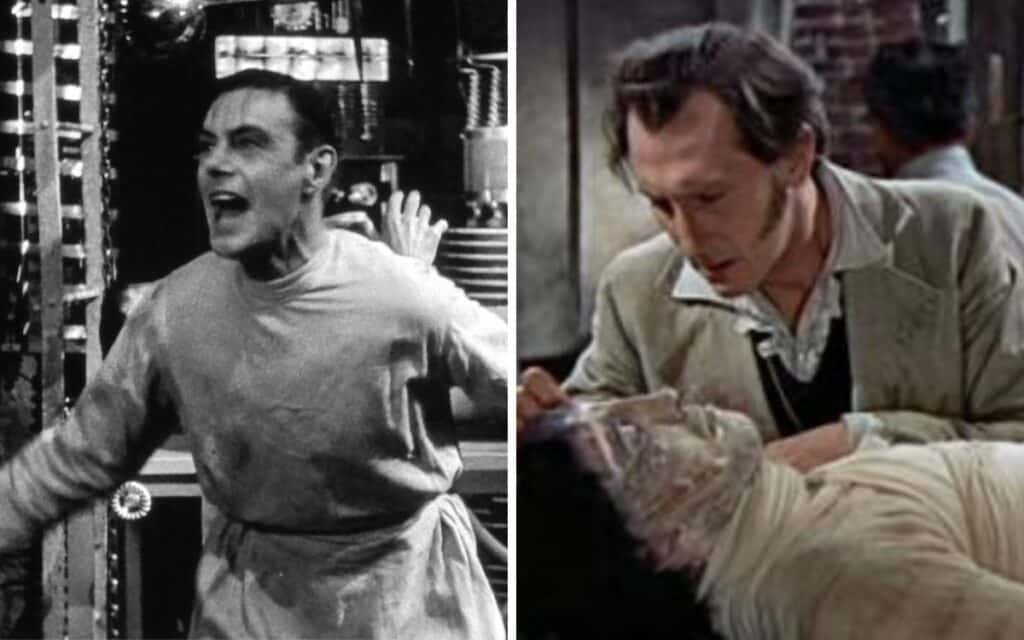
Boris Karloff’s portrayal of Frankenstein’s Monster in Universal’s Frankenstein 1931 remains one of the most enduring images in horror.
His square head, bolt-necked appearance and lumbering gait made Karloff’s Monster at once terrifying and tragic.
Universal’s film presented the Monster as a misunderstood creature, more sinned against than sinning.
Hammer’s The Curse of Frankenstein 1957 shifted focus to Peter Cushing’s portrayal of Dr Frankenstein – cold, calculating, and willing to cross any line in the name of science.
Cushing portrayed a a much more in control character than the anxious, fidgety Colin Clive portrayal of Universal’s Frankenstein.
Cushing’s doctor was a villain in his own right, while Hammer’s Creature, played by Christopher Lee, was more gruesome and grotesque than Karloff’s tragic figure.
Hammer’s version ramped up the violence and depravity in vivid colour.
Question: Are you more drawn to Karloff’s tragic, misunderstood Monster or Cushing’s dark and ruthless Dr Frankenstein?
The Mummy 1932 vs The Mummy 1959
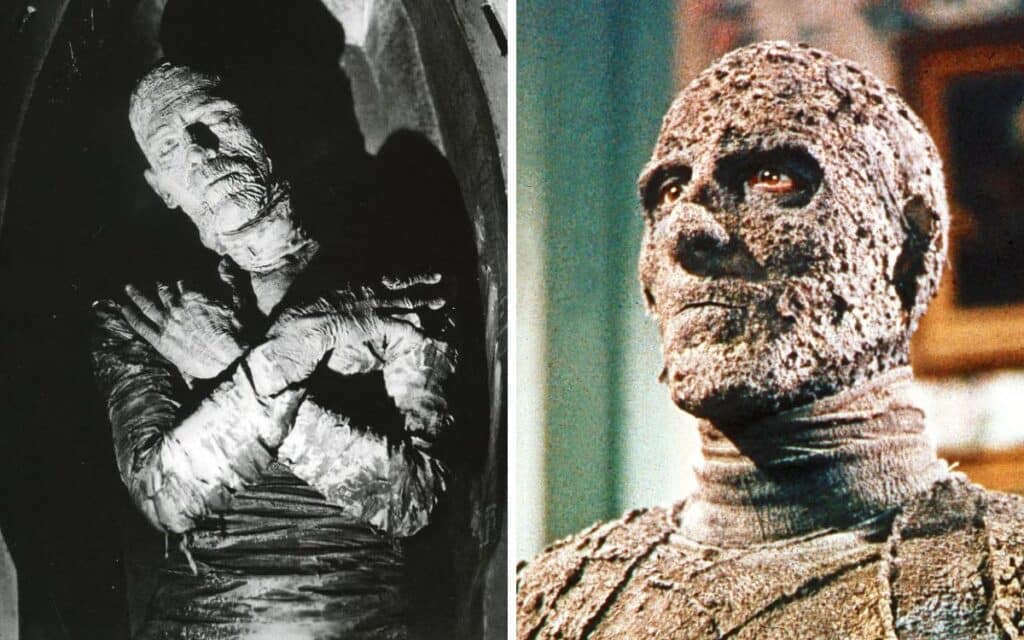
Universal’s The Mummy 1932 gave Boris Karloff another iconic role. This time as the ancient Egyptian priest Imhotep, resurrected after 3,700 years.
Karloff’s Mummy was subtle and sinister, with his eerie stillness creating a slow-burn menace.
The hypnotic pacing of Universal’s version built an atmosphere of dread that lingers long after the credits roll.
Hammer’s The Mummy 1959 saw Christopher Lee as a towering figure of vengeance, wrapped head-to-toe in bandages.
Unlike Karloff’s calm menace, Lee’s Mummy was a force of raw power, crashing through doors and strangling anyone in his path.
Lee was more like the zombie-like Universal mummies of the 1940s, such as Lon Chaney Jr in The Mummy’s Tomb 1942.
Hammer’s version, of course, made full use of colour, with lavish Egyptian sets and plenty of blood.
Question: Do you prefer the slow-burning menace of Karloff’s Mummy or Lee’s unstoppable, rage-filled version?
The Wolfman 1941 vs Curse of the Werewolf 1963
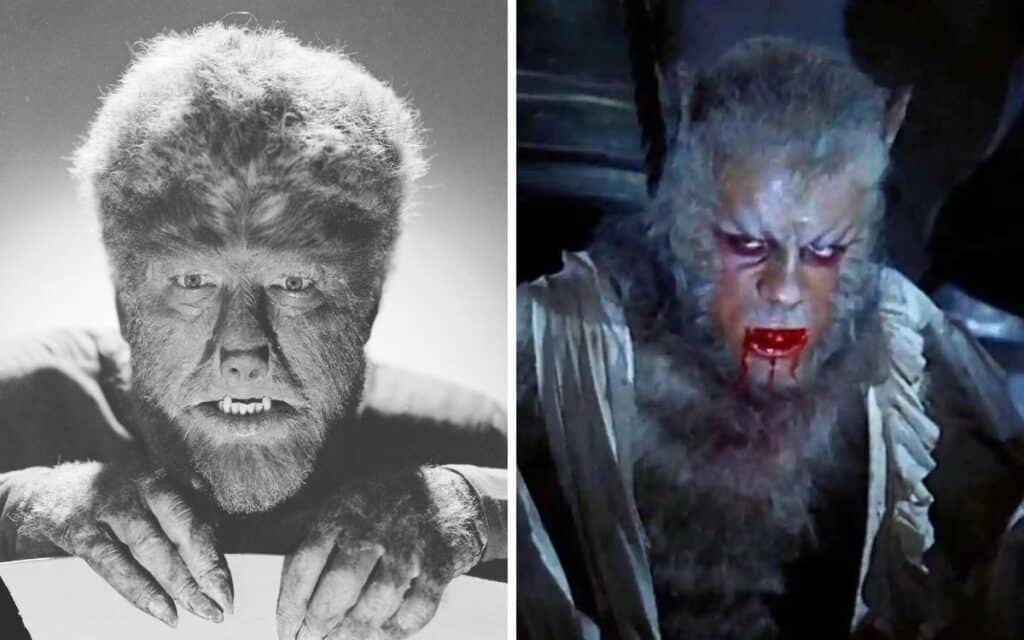
Universal’s The Wolf Man 1941 brought werewolves into the spotlight with Lon Chaney Jr portraying Larry Talbot, a man cursed to transform into a wolf under the full moon.
Chaney’s performance embodied tragic inevitability, as Talbot struggled against the curse but was doomed to lose.
Universal’s version dripped with foggy forests, gothic castles, and melancholic atmosphere.
Hammer’s Curse of the Werewolf 1961 starred Oliver Reed as Leon, cursed from birth to become a werewolf.
Reed’s performance was raw and intense, bringing a furious energy to the role that set Hammer’s version apart.
The makeup was more savage, and Hammer didn’t shy away from showing the bloody consequences of the werewolf’s rampages.
Question: Are you drawn to the tragic, doomed Larry Talbot of Universal, or the wild, ferocious Leon from Hammer?
Phantom of the Opera 1925 vs Phantom of the Opera 1962
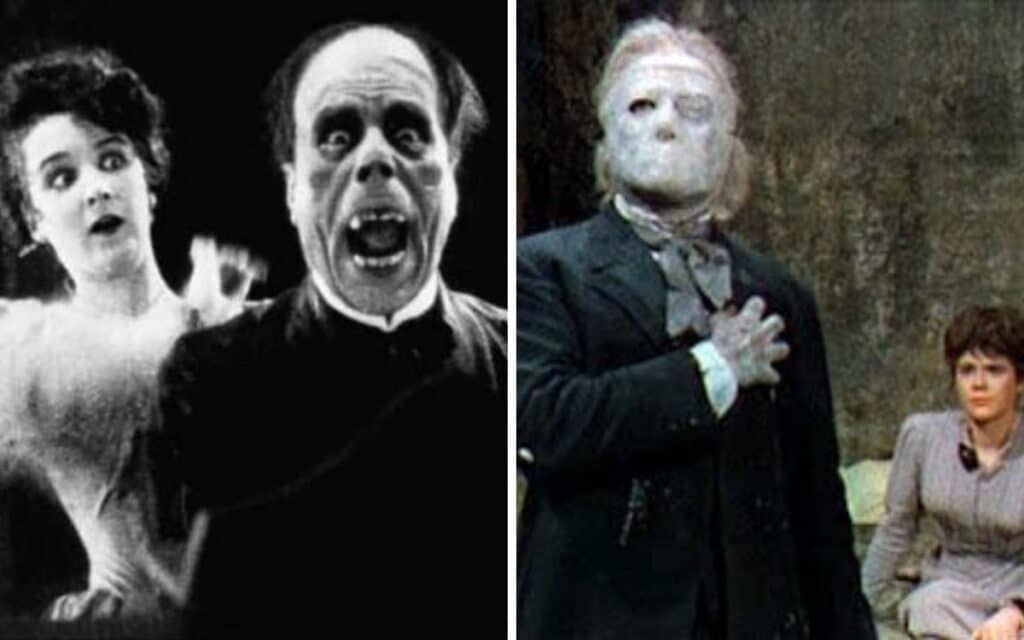
Lon Chaney’s silent portrayal of the Phantom in Universal’s Phantom of the Opera 1925 remains one of the most chilling in film history.
Chaney famously designed his own makeup, and the unmasking scene is still one of the most shocking reveals.
His Phantom was a tragic figure, lurking in the shadows of the Paris Opera House, monstrous yet heartbroken.
Hammer’s The Phantom of the Opera 1962, starring Herbert Lom, presented a more sympathetic Phantom – a talented composer wronged by the world.
While still disfigured and haunted, Hammer’s version added depth to his backstory, making the character more relatable.
As always, Hammer leaned into the Gothic horror with lavish sets and more blood.
Question: Do you prefer the raw, terrifying intensity of Chaney’s Phantom or the more nuanced, tragic character from Hammer’s interpretation?
Dr Jekyll and Mr Hyde 1932 vs The Two Faces of Dr Jekyll 1960
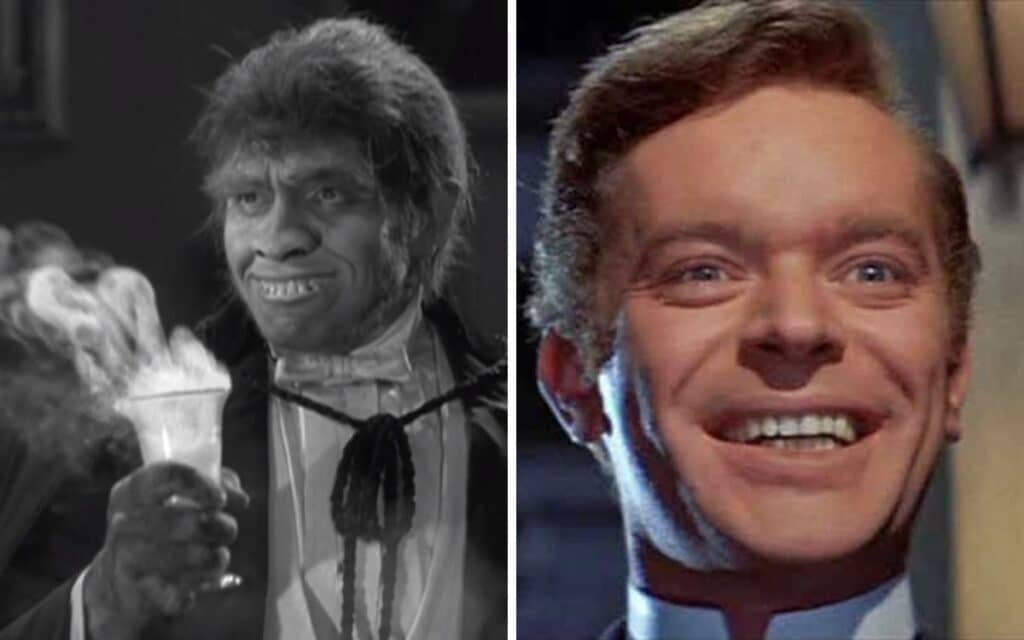
Though not a Universal production, Fredric March’s Dr Jekyll and Mr Hyde 1931 has since been included in the Universal monster legacy.
March’s portrayal won him an Best Actor Oscar, and his transformation scenes were ground-breaking.
His Hyde was particularly grotesque and animalistic, reflecting the horrifying duality within one man.
Hammer’s The Two Faces of Dr Jekyll 1960 took a different approach, presenting Jekyll as dull and repressed, while Hyde was handsome and seductive.
Hammer’s version explored the psychological and moral complexities of the story, with Hyde revelling in his freedom from societal restraints.
Question: Which version of Jekyll and Hyde do you find more compelling – March’s monstrous Hyde or Hammer’s seductive, morally corrupt take?
This Halloween, whether you choose Dracula, Frankenstein, or The Mummy, deciding between Universal and Hammer is a choice between atmosphere and intensity.
Do you favour the shadow-filled Gothic worlds of Universal or the visceral thrills of Hammer’s Technicolor nightmares?
Whichever you prefer, these classic monsters will continue to haunt us for many Halloweens to come.
What do you think? Tell us your opinions in the comments section below!


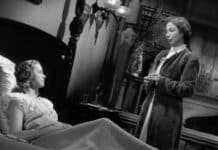

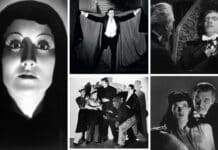

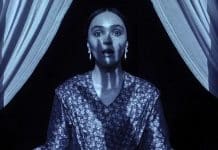
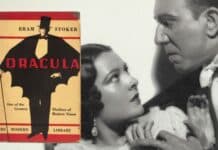
As for the mummy movies , my pics are the 3 by Universal that starred Lon Chaney Jr.